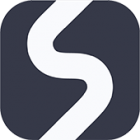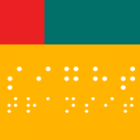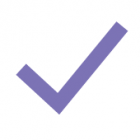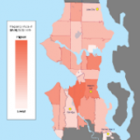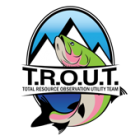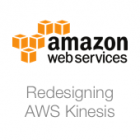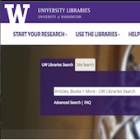
Primo Usability Study
Since launching in Fall 2015 as the University of Washington Libraries’ main discovery system, Ex Libris Primo has not been subjected to formal usability testing. Additionally, the UW Triennial Survey showed high dissatisfaction and negative feedback from students, faculty, and staff regarding the current library search experience. To improve their experience using the UW Libraries Search, we conducted user testing, analyzed the data, and provided design recommendations for implementation before the release of the newest iteration of Primo (Fall 2017). Our hope is for these recommendations to make a more user-friendly search system for UW library users.

